
Weirdo Weather: 7 Rare Weather Events
Sahara Desert Snow
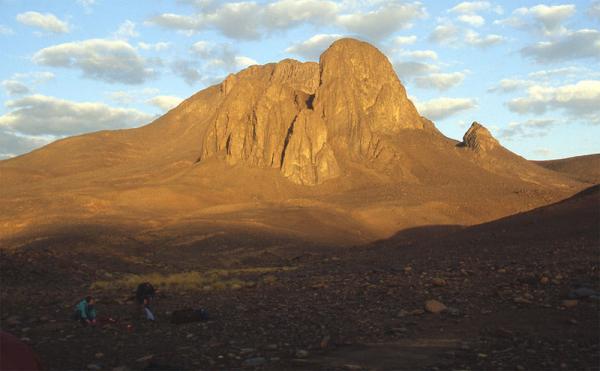
On Feb. 18, 1979, low altitude areas of the Sahara desert recorded their first snowfall in living memory. Snow fell in spots in southern Algeria, where a half-hour snowstorm stopped traffic. Several Saharan mountain ranges, however, receive snow on a more regular basis.
In winter, temperatures drop low enough on the Tahat summit, the highest mountain peak in Algeria, to cause snow about every three years. The Tibesti Mountains, in northern Chad, receive snow on peaks over 8,202 feet (2,500 meters) once every seven years on average. [Image Gallery: World's Snow Cover Seen from Space ]
Don't like the weather? Wait a minute, it'll change
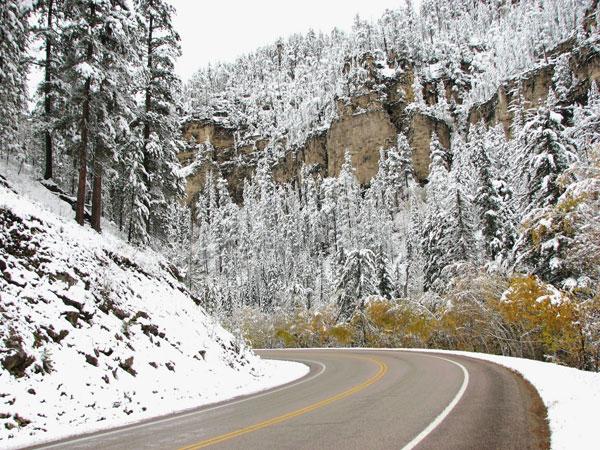
Spearfish, S.D., holds a special place in the weather record books. The town of 8,500 people in western South Dakota is the record holder for the fastest temperature rise.
On Jan. 22, 1943, at about 7:30 a.m. local time, the temperature rose 49 degrees Fahrenheit (27 degrees Celsius) in two minutes. The temperature in Spearfish rose from minus 4 F (minus 20 C) to 45 F (7 C).
>The temperatures climbed through the day, and by 9:00 a.m., it was up to 54 F (12 C). Then the temperature dropped back down to minus 4 F in about 27 minutes. The wild swing was blamed on a so-called foehn wind, a kind of wind that occurs downwind of a mountain range.
A Real Heat Wave
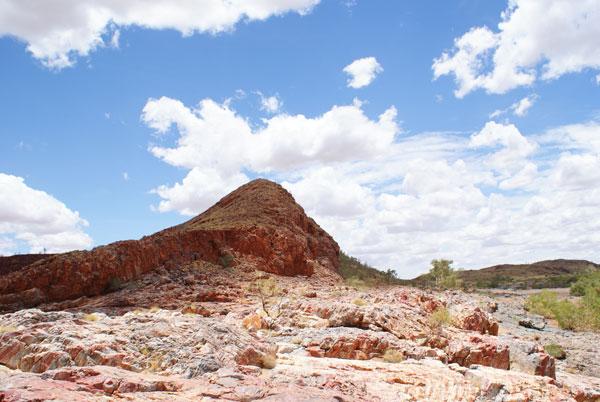
The town of Marble Bar in Western Australia is legendary for its hot weather. From Oct. 31, 1923, to April 7, 1924, the tiny town scorched with 160 consecutive days over 100 degrees Fahrenheit (37.8 degrees Celsius). That's a world record.
Think of the 194 people in Marble Bar next time it gets hot in your hometown. Their average high temperature is over 100 F for January, February, March, November and December (the summer months in the Southern Hemisphere).
Lonely Tornado
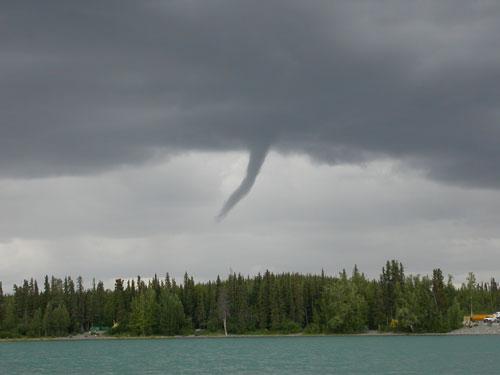
In 2005, Alaskans spotted their state's first ever tornado.
Residents of Sand Point population 908 saw the twister in the distance on nearby Unga Island, the Associated Press reported. No one could recall seeing a twister before and no one has seen one since.
Tornadoes could have struck the state in the past, but unless a twister is seen, or it hits something, it doesn't make it into the record books. [Twisted Science: Why Tornado Forecasting is Tough ]
Super Outbreak of Tornadoes
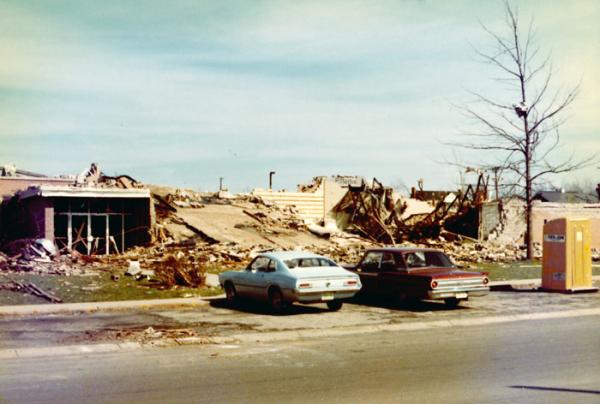
In 1974, residents of 13 states and Ontario, Canada, got what would usually be several months worth of tornadoes in a span of 16 hours.
During the Super Outbreak, as it's called, 148 tornadoes occurred from April 3-4, 1974. The tornadoes were some of the highest on the Enhanced Fujita tornado damage scale. More of the strongest tornadoes were reported during the outbreak than were reported during any other entire year.
There were also more significant tornadoes during that 24 hours than any other entire week on record. [Infographic: Tornado! An Inside Look at Tornado Season ]
Late Hurricane
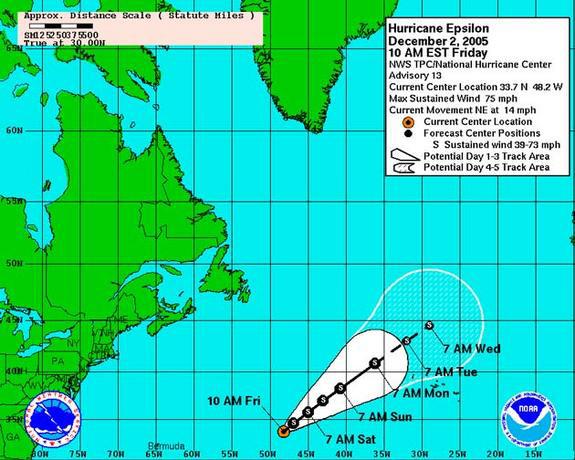
Hurricane season typically peaks in September and October, but in 2005, the Atlantic Ocean cooked up a late surprise.
Hurricane Epsilon, a Category 1 storm, became only the fifth December hurricane in more than 120 years of record keeping, according to the National Weather Service.
Other December hurricanes include a Category 1 hurricane named Lili that developed in mid-December in 1984. In 1988, Hurricane Nicole, likewise a Category 1, formed in the tropics in late November but was still raging when December came around.
Snow, U.S.A
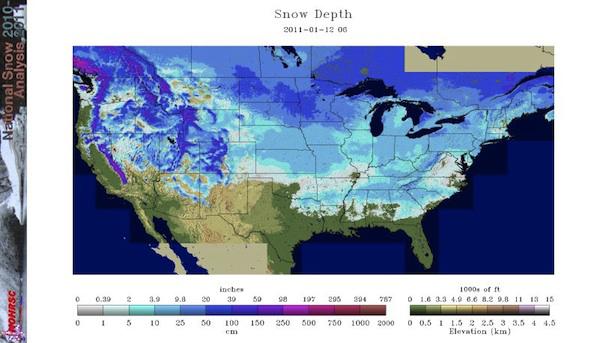
Just this year, a weather rarity hit the United States.
On Jan. 12, 2011, 49 out of 50 U.S. states had snow on the ground . Florida was the only snow-free state. [Image Gallery: World's Snow Cover Seen from Space ]
Sign up for the Live Science daily newsletter now
Get the world’s most fascinating discoveries delivered straight to your inbox.










